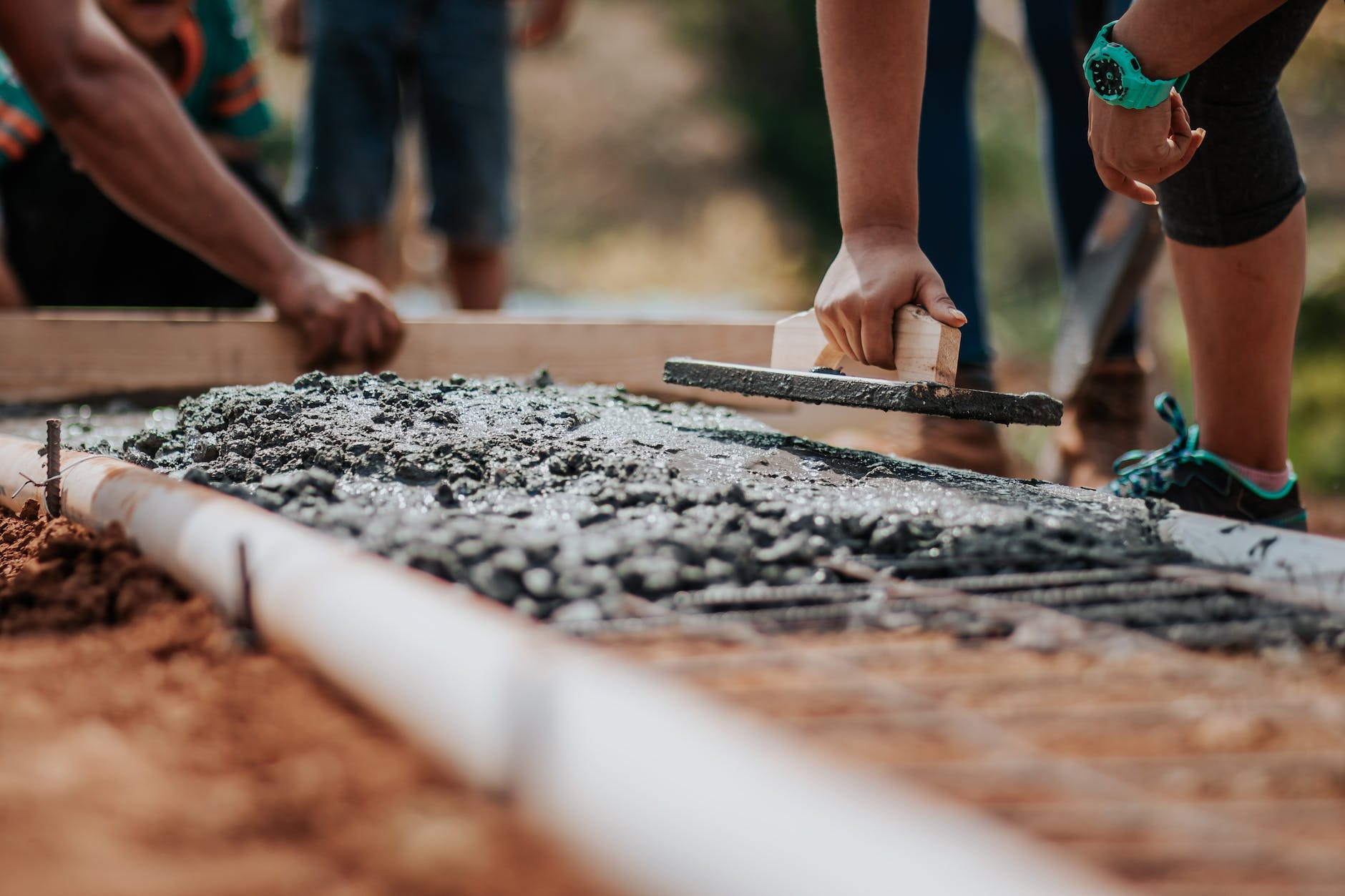Metric thread rod, also known as metric threaded rod, is a vital component used in various industries, including manufacturing and construction. This rod is designed with metric threads, which follow a standardized metric system, offering precise measurements for optimal compatibility with other metric components. Let’s explore the specifications and characteristics of metric thread rod in detail.
Standard Sizes and Thread Types
Metric thread rod is available in a range of standard sizes and thread types to accommodate diverse applications. The most common thread type is the ISO metric thread, which adheres to international standards set by the International Organization for Standardization (ISO). These threads have a 60-degree profile and are categorized based on their diameter and pitch. The metric thread rod sizes typically range from M3 to M64, with larger sizes available for specialized applications.
Materials and Finishes
Metric thread rod is manufactured using different materials, depending on the specific requirements of the application. The most commonly used materials include carbon steel, stainless steel, and alloy steel. Carbon steel metric thread rods are cost-effective and offer good strength and durability. Stainless steel metric thread rods provide excellent corrosion resistance, making them suitable for applications in harsh or corrosive environments. Alloy steel metric thread rods are often used when higher strength or specific mechanical properties are required.
To enhance the performance and appearance of metric thread rods, various finishes can be applied. These finishes include plain, zinc-plated, hot-dip galvanized, and epoxy-coated. The choice of finish depends on factors such as the desired level of corrosion resistance, aesthetic preferences, and environmental conditions.
Strength and Load Capacity
Metric thread rod is designed to withstand specific loads and forces, making it crucial to select the appropriate strength grade for each application. The strength of metric thread rods is categorized using a numerical grading system, such as property classes in the ISO metric thread standard. Common strength grades include 4.6, 5.8, 8.8, 10.9, and 12.9, with each grade representing the minimum tensile strength in megapascals (MPa). Higher strength grades provide greater load-bearing capacity, making them suitable for heavy-duty applications.
Applications in Manufacturing
In the manufacturing industry, metric thread rod finds extensive use in various applications. It serves as a fundamental element in assembling and fastening components, ensuring a secure connection. Metric thread rods are commonly used in machinery manufacturing, automotive assembly, and equipment fabrication. They provide the necessary strength and stability required for reliable performance in these applications.
Additionally, metric thread rod is often utilized for support and stabilization purposes. It helps reinforce structures, machinery frames, and equipment bases, preventing excessive vibrations and ensuring operational safety. The adjustability and alignment features of metric thread rod make it ideal for precise positioning and leveling of machine parts during installation or calibration processes.

Applications in Construction
Metric thread rod plays a vital role in the construction industry, where it is used in diverse applications. Anchoring and fixing structures to concrete or masonry surfaces is a common use case for metric thread rods. By providing a secure connection, they ensure stability and resistance against external forces. Heavy equipment installations, structural supports, and safety barriers often rely on metric thread rods for their robust anchoring capabilities.
Tensioning systems in pre-stressed concrete construction utilize metric thread rods to apply tensile forces and reinforce concrete structures. This technique enhances the load-bearing capacity and durability of bridges, buildings, and other infrastructure projects. Additionally, metric thread rods are an integral part of structural bracing systems, providing support and reinforcement against lateral forces like wind or seismic loads.
In scaffolding and formwork applications, metric thread rod offers a reliable and adjustable support system, ensuring the safety of construction workers. It enables the creation of temporary structures and platforms, facilitating the construction process. Moreover, metric thread rod is widely used in façade systems, ensuring the secure attachment of cladding panels, glass curtain walls, and architectural features, contributing to both the aesthetics and structural integrity of modern buildings.
Advantages and Considerations
Metric thread rod offers several advantages that make it a preferred choice in manufacturing and construction applications. Some notable advantages include:
- Compatibility and Standardization: Metric thread rod follows standardized sizing and thread profiles, ensuring compatibility and interchangeability with various components. This simplifies the selection, installation, and replacement processes, reducing downtime and maintenance costs.
- Strength and Durability: Metric thread rod, manufactured using high-quality materials, offers exceptional strength and durability. It can withstand heavy loads, resist corrosion, and endure harsh environmental conditions, enhancing the longevity of structures and machinery.
- Versatility: Metric thread rod is available in a wide range of sizes, materials, and finishes, catering to diverse applications. Its versatility allows it to adapt to different project requirements, making it a preferred choice for engineers and contractors.
- Reliability and Safety: Metric thread rod’s threaded design and reliable mechanical properties ensure a secure and stable connection, promoting overall safety in manufacturing and construction applications. It provides peace of mind to engineers, architects, and contractors, knowing that the structures and machinery are properly supported.
While metric thread rod offers numerous advantages, it is essential to consider specific factors when selecting and using it. These factors include the required strength grade, compatibility with other components, environmental conditions, and the expertise of the installation personnel. Adhering to recommended installation practices and proper maintenance is crucial to ensure the optimal performance and longevity of metric thread rod applications.
Conclusion
Metric thread rod plays a critical role in manufacturing and construction, providing reliable connections, support, and stability. Its standardized sizing, strength, durability, and compatibility make it an indispensable component in various industries. From assembling and fastening components in manufacturing to anchoring structures in construction, metric thread rod offers a versatile solution. By understanding its specifications, characteristics, and applications, engineers, architects, and contractors can utilize metric thread rod effectively, ensuring the integrity and longevity of structures and machinery in their projects.
